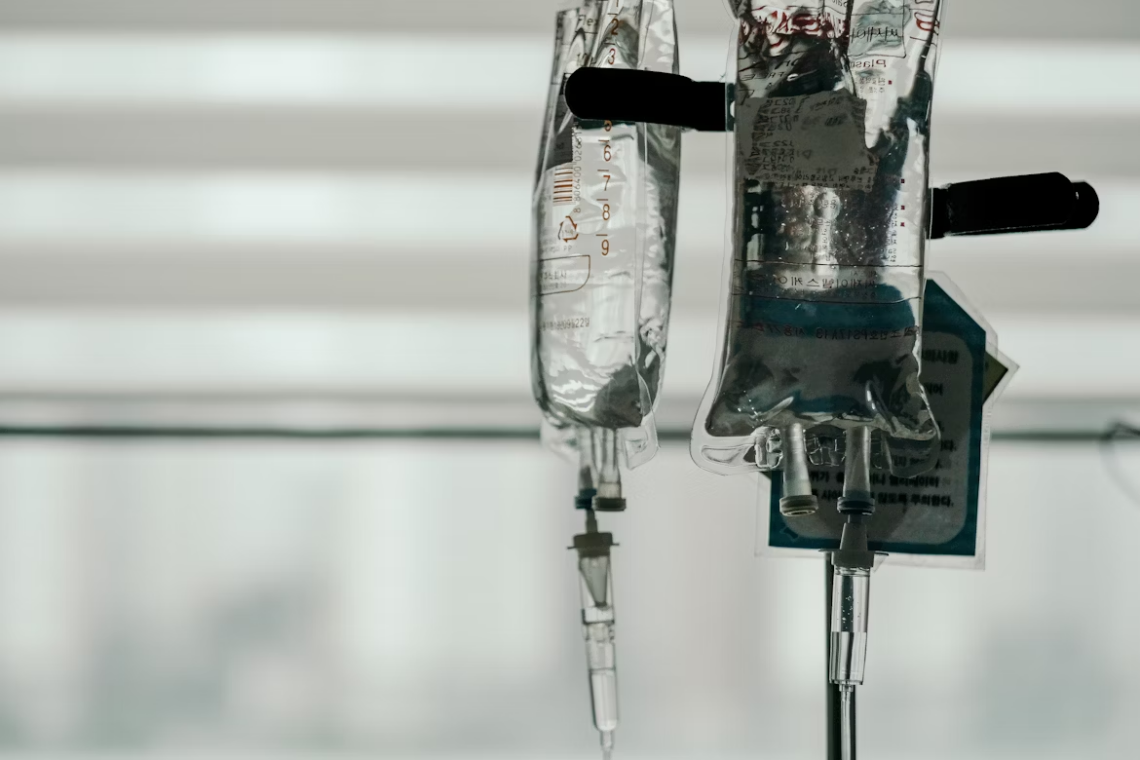
Living with a Port A Catheter: Care Tips and When to Seek Help
A port-a-catheter can become a lifeline for many, offering a convenient and less invasive way to receive medications and fluids. However, adjusting to life with this medical device can bring uncertainties and concerns.
This guide empowers you to navigate living with a port-a-catheter with confidence. We’ll equip you with essential care tips and help you recognize the crucial signs that warrant seeking help.
Understanding Your Port-A-Cath
A port-a-cath, also known as an implanted port, is a small medical device surgically implanted under the skin. It provides long-term access to veins for the administration of medications, fluids, chemotherapy, parenteral nutrition, infusions, or blood transfusions.
This device consists of two main components: a port and a catheter. The port is a small reservoir that sits under the skin. The catheter is a thin tube that connects the port to a large vein near the heart.
The purpose of this catheter is to facilitate repeated access to the bloodstream, eliminating the need for frequent needle sticks. This device reduces the risk of vein damage associated with traditional intravenous lines. Patients who require long-term intravenous therapy, such as oncologic patients undergoing chemotherapy, often benefit from the convenience and reliability of a catheter.
As noted by GlobalData, the implantable ports market is witnessing substantial growth fueled by the rising demand for long-term intravenous therapy. Key players in this market comprise CR Bard Inc., B. Braun Melsungen AG, AngioDynamics Inc., Vygon SA, Teleflex Inc., and A.M.I. GmbH. CR Bard Inc. emerged as the market leader in terms of both market share and value in 2023.
Caring for Your Port-A-Cath
Maintaining proper hygiene and care of the catheter site is essential to prevent infection, ensure optimal functioning, and prolong the device’s lifespan. A daily care routine involves several steps to keep the site clean and free from complications.
Firstly, it’s crucial to wash your hands thoroughly before and after handling the port site to minimize the risk of introducing bacteria. Using an alcohol-based hand sanitizer is also effective when soap and water are not readily available.
When cleaning the site, gently wash the area with mild soap. Avoid using harsh or perfumed products, as these can irritate the skin or cause allergic reactions.
Dressing changes may be necessary to protect the port site and keep it clean. Use sterile gauze pads recommended by your healthcare provider to cover the site and secure it in place with medical tape.
According to Healthgrades, it’s important to flush the port regularly, even when not in use, to prevent blockage and infection. Healthcare providers typically recommend flushing the port every 4 weeks with a saline solution or heparin.
Additionally, consider sleeping on your back to reduce friction and pressure on the port site, especially if you have a chemo port. This can help minimize discomfort and promote healing.
When to Seek Help
Several signs and symptoms may suggest a problem with the port or catheter, necessitating immediate medical attention.
Signs of infection around the insertion site are particularly concerning. If you observe redness, swelling, or warmth around the site, along with pus drainage or fever/chills, these could indicate an infection.
Moreover, any pain or tenderness around the site should not be overlooked, as it might signify inflammation or infection. Furthermore, these developments could indicate complications like port-a-cath migration, where the device shifts from its initial position. Catheter migration can lead to infection or other complications.
Port-a-catheter migration symptoms may manifest as localized pain or swelling, along with alterations in catheter function. Noticeable movement of the port and unusual sensations or discomfort in the chest or neck region can also occur.
Other issues, such as leaks, damage, or difficulty flushing the port, should also prompt immediate attention. Leaks or damage to the catheter can compromise the device’s function and increase the risk of infection or other complications.
Difficulty flushing the port may indicate a blockage or other problem that needs to be addressed by a healthcare professional. Similarly, if the catheter becomes dislodged or moves from its intended position, it requires prompt evaluation and possible intervention to prevent further complications.
It’s essential to communicate openly with your healthcare team and address any concerns promptly to ensure optimal care and management of your catheter.
Insights into Port Device Litigation
In addition to medical considerations, understanding the legal landscape surrounding port devices is essential for patients and healthcare providers alike. Recent developments in litigation highlight concerns regarding the safety and design of certain port devices, such as the Bard PowerPort.
According to Drugwatch, numerous lawsuits have been filed against the makers of the Bard PowerPort. These lawsuits allege that the device’s faulty design poses significant risks, including organ damage, infection, and blood clots.
Design defects in the Bard PowerPort can result in high injection flow rates and a propensity for the catheter to fracture over time. This can lead to the release of plastic fragments into the bloodstream.
As of February 2024, 99 active lawsuits were pending in Arizona multidistrict litigation (MDL), indicating the growing legal scrutiny surrounding this issue.
Law firms are actively accepting Bard PowerPort cases, and legal experts anticipate an influx of additional claims in the future.
TorHoerman Law notes that it’s crucial for individuals affected by these issues to understand their legal rights and options. The statute of limitations, which varies by state, imposes a deadline for filing lawsuits related to implanted port catheters.
Seeking the advice of an attorney promptly is essential to ensure that your right to potential compensation is preserved.
In conclusion, living with a port-a-catheter doesn’t have to define your life. By following the care tips outlined here and remaining vigilant about potential issues, you can navigate this experience with minimal disruption.
Remember, communication is key – don’t hesitate to reach out to your doctor for any concerns, big or small. While the journey may have its challenges, empower yourself with knowledge and embrace a proactive approach.
With the right tools and support, your port-a-catheter can become a facilitator, not a hindrance. Therefore, take a deep breath, celebrate your strength, and step forward with optimism. You are capable of living a fulfilling and active life, and this guide is your roadmap to achieving just that.
You May Also Like

Effortless Access: Navigating the Phreesia Login Experience
January 8, 2024
beth grosshans – Detailed Guide In 2024
December 19, 2023


Average Rating